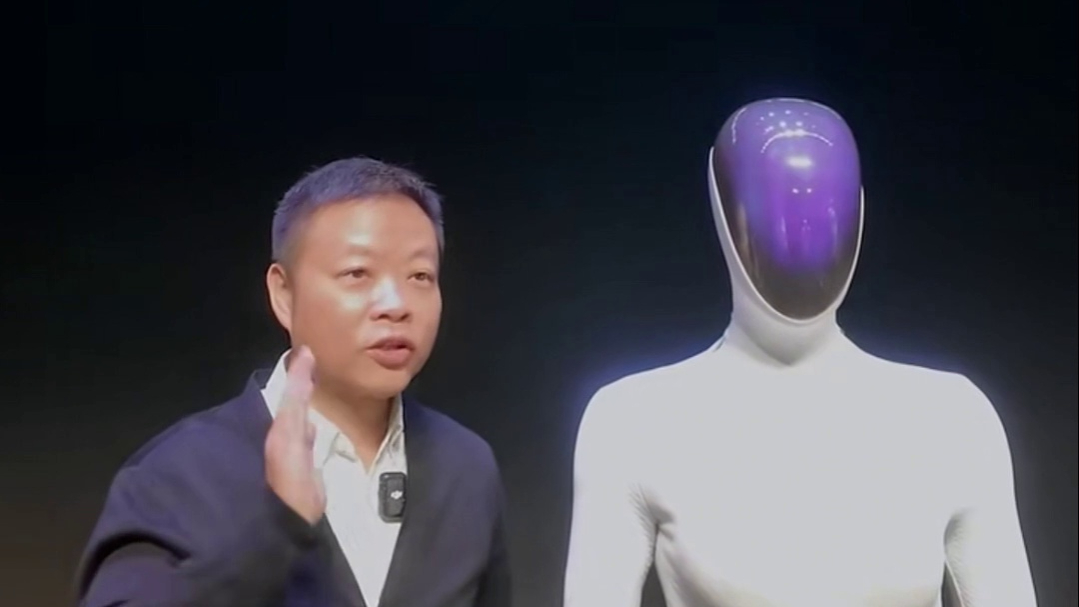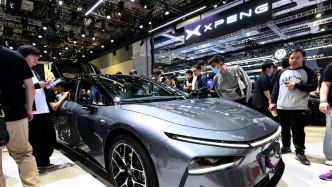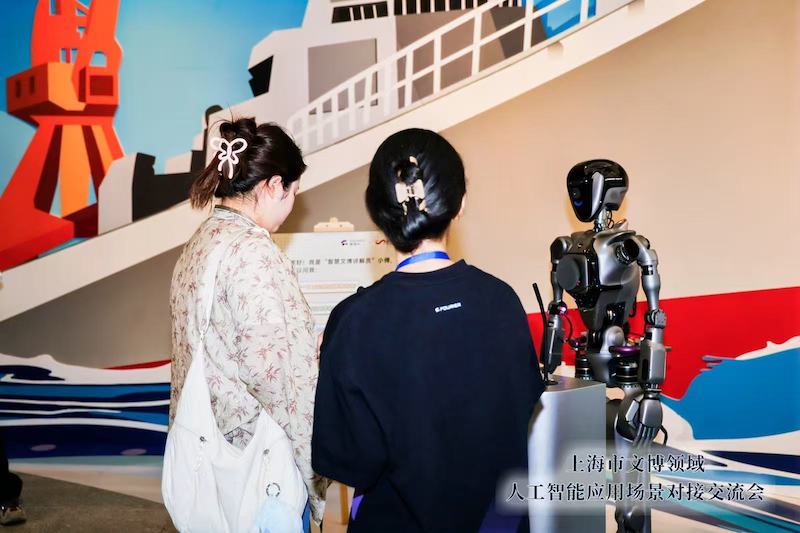"The automotive market is worth $10 trillion globally, with 90 million cars produced annually; while the robotics market is worth $20 trillion. Of course, it won't be realized so quickly; it may take 10-20 years, at which time there may be 200 million or even more humanoid robots." He Xiaopeng, Chairman and CEO of XPeng Motors, expressed his optimistic expectations for the robotics industry in an interview with The Paper and other media outlets.

On November 5, 2025, local time, in Guangzhou, Guangdong, He Xiaopeng, co-founder and chairman of XPeng Motors, unveiled XPeng Motors' next-generation Iron humanoid robot at an AI Day press conference held at the company's headquarters. (Visual China photo)
On November 5th, XPeng Motors unveiled its next-generation humanoid robot, IRON, at the 2025 XPeng Technology Day event. As XPeng's most humanoid robot, IRON boasts a humanoid spine, bionic muscles, and fully covered flexible skin, and is scheduled for mass production by the end of 2026.
At the press conference, IRON made his entrance with a catwalk, and his highly human-like figure and posture attracted widespread attention and controversy.
In He Xiaopeng's view, "more human-like" robots are the core development direction for future robots.
He mentioned that future high-level robots will take various forms, but "more human-like" robots have three major advantages: First, robots cannot achieve "intelligence" by using rules, but by using AI to drive them, as they can only learn the most data from the human world.
Secondly, applications such as homes and factories are basically designed for humans, and the more human-like they are, the easier they are to adapt to the environment.
Third, people who look like humans are more likely to feel a sense of affinity with consumers, which will lead to sales. This, in turn, will drive down costs through economies of scale, creating a positive cycle.
He Xiaopeng, who is betting heavily on the robotics sector, is also looking forward to the arrival of the "iPhone 4 moment" for the robotics industry. "The development of automobiles is often linear, with a strong first curve, because automobiles are related to strong safety regulations and policies, and the same is true for airplanes. I believe that once robots have passed the inflection point of technology and products, they will experience very rapid growth. I wonder when a turning point will come, similar to that of the iPhone 4 at Apple."
He believes that robots will reach a landmark turning point in the future, entering every household. He believes that with the efforts of global companies, a significant leap forward may occur in 5-10 years. "To put it another way, I haven't thought about how many robots we can sell in a year in 10 years, but it will definitely surpass cars and exceed 1 million units."
"But from a short-term perspective, the mass production of robots still has many, many hurdles to overcome," He Xiaopeng emphasized.
He explained that XPeng is preparing to invest in an automated factory to ensure process quality and high standards. It took the company 5-6 years to realize that, from a mass production perspective, robots cannot be reliably and stably manufactured using only automotive-grade standards. The mass production and hardware/software standards for robots must largely comply with automotive-grade standards, and some even exceed them, in order to ultimately create high-quality robots.
Taking batteries as an example, the humanoid robot IRON, which is about to be mass-produced, will be the first to use all-solid-state batteries, which has high safety considerations: the robot is used in densely populated places such as homes, and there can be no mistakes in the risk management of thermal runaway.
In addition, He Xiaopeng also revealed that XPeng Motors will open up its SDK (Software Development Kit) for its robots, so that other companies and individuals around the world can use XPeng's robots for secondary development to achieve more functions and application scenarios.
Humanoid robots are one of the core carriers of XPeng Motors' "integration of AI and the physical world".
At the 2025 XPeng Technology Day, XPeng Motors released four applications centered around "physical AI". In addition to the aforementioned new generation humanoid robot IRON, there are also XPeng's second-generation VLA (Visual Language Action Model), XPeng Robotaxi, and the two flight systems of Huitian.
XPeng Motors will launch three Robotaxi models in 2026 and will also begin Robotaxi trial operations. Regarding flying cars, Huitian Flying Car's mass production plant successfully rolled off the first land-based aircraft carrier-style flying car on November 3rd, with a planned annual production capacity of 10,000 units. This will accelerate the large-scale mass production of the split-type flying car "land-based aircraft carrier" by 2026.


